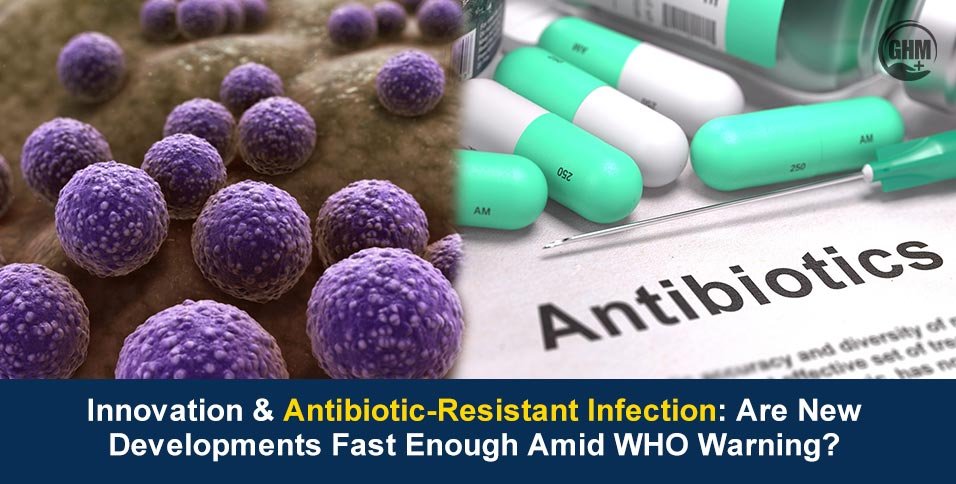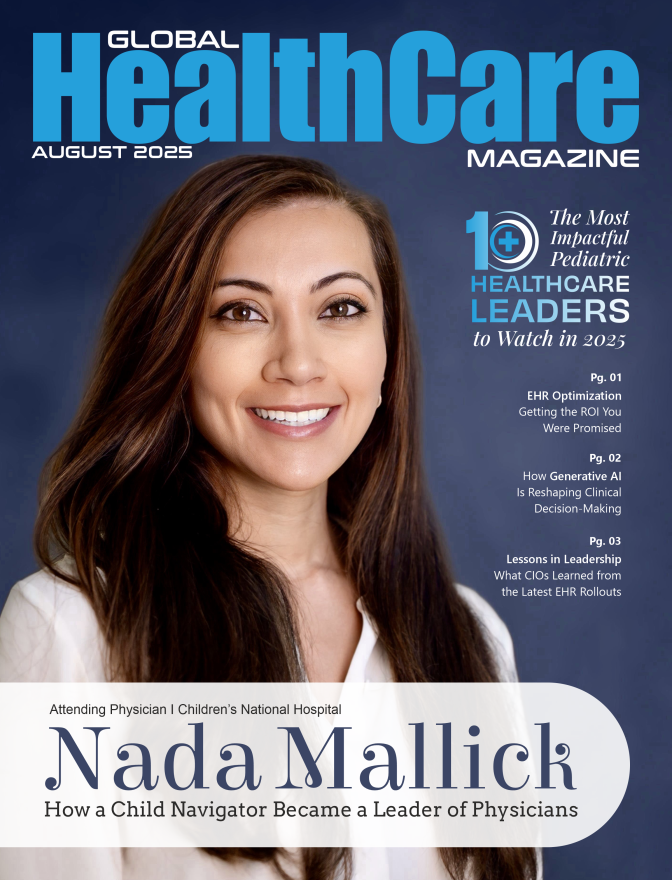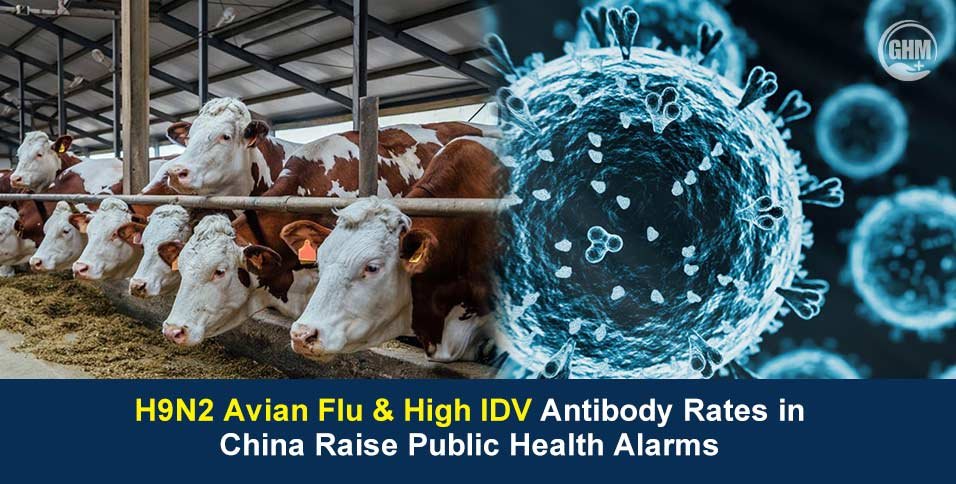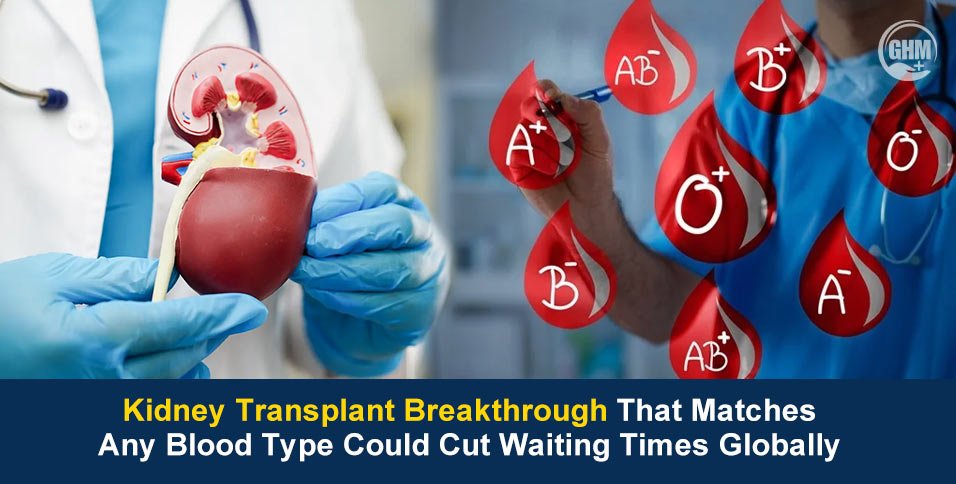Antibiotic-resistant infection is no longer a distant threat; it’s here, and it’s spreading. A new WHO report warns that resistance to common antibiotics is increasing rapidly worldwide, putting millions at risk of infections that are harder, costlier, and sometimes impossible to treat.
This growing bacterial infection is not only a medical challenge but also a race against time. While bacteria are evolving fast, innovation in new antibiotics and rapid diagnostics is lagging.
WHO Sounds Alarm on Rising Drug Resistance
In its latest update, the World Health Organization (WHO) revealed alarming data:
- Nearly 1 in 6 bacterial infections globally now show resistance to commonly used antibiotics.
- Resistance to third-generation cephalosporins, a class of antibiotics often used as a last line of defence, is rising sharply.
- Gram-negative bacteria such as Klebsiella pneumoniae and E. coli are driving much of this surge.
“The world is running out of effective antibiotics,” said a WHO spokesperson. “Without urgent action, even minor infections or surgeries could become life-threatening.”
These findings highlight a dangerous gap between the speed of bacterial evolution and the pace of pharmaceutical innovation.
Why the Pipeline Is So Slow?
Despite the scale of the crisis, developing new antibiotics is notoriously difficult and expensive.
Pharmaceutical companies face multiple roadblocks:
- High Costs, Low Profits: Unlike drugs for chronic diseases, antibiotics are often used for short periods. This limits commercial returns.
- Strict Regulations: New antibiotics must undergo long, expensive clinical trials.
- Management Measures: Once approved, new antibiotics are often reserved for critical cases to avoid resistance, further reducing sales.
According to the WHO’s latest antibacterial pipeline report, fewer than 30 new antibiotics are currently in clinical development worldwide. Of these, only a handful target the most resistant bacterial strains.
Diagnostics: The Other Half of the Battle
While new drugs are essential, early and accurate diagnosis is just as critical in controlling resistant infection. Traditional lab tests can take days to identify bacteria and their resistance patterns.
Emerging molecular tests and rapid point-of-care diagnostics could change that by:
- Detecting infections in minutes or hours instead of days.
- Guiding doctors to choose the right antibiotic from the start.
- Reducing unnecessary antibiotic use, which fuels resistance.
However, these tools face similar hurdles, such as cost, accessibility in low-resource settings, and the need for global surveillance systems.
What’s in the Innovation Pipeline?
Some promising developments give reason for cautious optimism:
- Novel Antibiotics:
- New beta-lactamase inhibitors designed to outsmart resistant bacteria.
- Synthetic antimicrobial peptides that mimic the body’s natural defences.
- Alternative Therapies:
- Phage therapy (using viruses to attack bacteria) is being tested in clinical trials.
- CRISPR-based tools that target bacterial DNA directly.
- Advanced Diagnostics:
- Rapid PCR and CRISPR-based point-of-care kits are entering pilot programs.
- AI-assisted systems that can predict resistance patterns in real time.
These tools are still years away from widespread clinical use, but they represent a critical lifeline in the race against drug-resistant infections.
Need for Global Action
Science alone won’t solve this crisis.
Policy and global cooperation must play a bigger role:
- Incentivising Innovation: Governments can support pharmaceutical research through grants, tax credits, or guaranteed purchase agreements.
- Global Management: Coordinated efforts to reduce unnecessary antibiotic use in human and animal health.
- Better Surveillance: Expanding WHO’s GLASS (Global Antimicrobial Resistance Surveillance System) to detect and respond to outbreaks early.
- Equitable Access: Ensuring low- and middle-income countries can access both old and new antibiotics responsibly.
Why do Antibiotic Infections Matter?
Antibiotic-resistant infection doesn’t just affect hospitals, but it also affects daily life.
- Routine surgeries like C-sections or knee replacements rely on antibiotics to prevent infections.
- Cancer treatments and organ transplants become far riskier without effective drugs.
- Simple infections like urinary tract infections or pneumonia can spiral into life-threatening conditions.
If resistance keeps growing unchecked, experts warn we could enter a “post-antibiotic era”, where common infections are once again deadly.
Looking Ahead: Hope Through Innovation
The WHO’s warning is a wake-up call, but not a declaration of defeat. The race is difficult, but not impossible to win.
- Strong political will,
- Sustained funding,
- Faster innovation
- Smarter diagnostics
We can protect the power of antibiotics for future generations.
Conclusion
Antibiotic-resistant infection is rising faster than new treatments are being developed. Without rapid innovation in antibiotics and diagnostics, routine infections could become deadly.
Global investment, stronger policies, and smarter tools are essential to protect modern medicine and prevent a post-antibiotic era. The time to act is now.



















